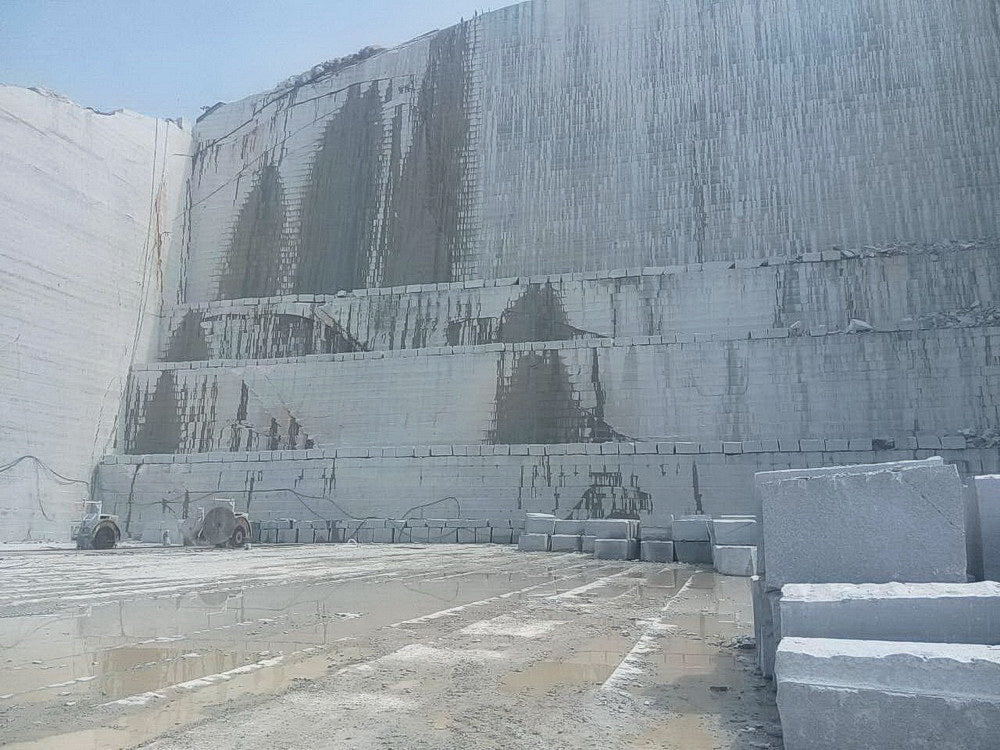Checking Out Granite Quarries in South Africa: A Comprehensive Overview
Checking Out Granite Quarries in South Africa: A Comprehensive Overview
Blog Article
Uncovering the Rich Background and Lasting Practices of Granite Quarrying
As we base on the precipice of uncovering the detailed tapestry of granite quarrying, a journey through time reveals not simply the physical act of extracting rock however also the social and historical relevance woven into the very fabric of this method. From the ancient beginnings that laid the structure for modern-day quarrying techniques to the lasting methods that are forming the future of this market, each sculpt mark on granite surface areas tells a tale waiting to be discovered (granite quarries in south africa). The tradition of granite quarrying extends far past plain removal; it is a testimony to human resourcefulness, resilience, and the long-lasting attraction of this impressive stone
Old Origins of Granite Quarrying
Dating back to ancient human beings, the practice of quarrying granite has been an indispensable component of human background and architectural innovation. The earliest evidence of granite quarrying dates back to ancient Egypt, where huge pyramids and complex sculptures were crafted from this durable rock. The Egyptians utilized primitive tools to extract granite blocks from quarries, showcasing the significance of this material in their significant constructions.
Moving forward in background, the Greeks likewise made substantial payments to the quarrying of granite. The Greeks utilized granite in numerous building marvels, such as temples and statuaries, demonstrating their ability in shaping and carving this hardy rock. The Romans additionally refined the methods of quarrying granite, using sophisticated tools like blades and hammers to extract and shape granite for their iconic frameworks.
Via the centuries, the technique of quarrying granite has actually progressed, with contemporary technologies enhancing efficiency while keeping the classic charm of this natural stone - granite quarries in south africa. From old people to contemporary home builders, the tradition of granite quarrying continues to form our globe
Development of Quarrying Methods
The evolution of quarrying techniques has actually been noted by a constant progression in the direction of higher effectiveness and precision in extracting granite. From the basic techniques utilized by our ancestors to the sophisticated technologies utilized in modern-day quarrying procedures, the market has undergone significant advancements. Early quarrying techniques included manual work with fundamental tools such as knives, hammers, and wedges to draw out granite blocks from the planet. As people progressed, strategies like fire-setting and primitive nitroglycerins were presented to promote the removal process.
Improvements in computer-controlled tools and 3D modeling have actually optimized quarrying procedures, leading to minimal environmental effect and enhanced sustainability techniques. As the need for granite continues to increase, the evolution of quarrying techniques continues to be essential to conference sector needs effectively and sustainably.
Cultural Significance of Granite
Granite holds a profound cultural relevance across various human beings because of its enduring visibility in building masterpieces and admired monuments. From the marvelous pyramids of Egypt to the complex carvings of the Angkor Wat holy place in Cambodia, granite has actually been a product of option for expressing magnificence and longevity in cultural heritage. In ancient Rome, granite columns embellished holy places and public buildings, symbolizing toughness and durability. The cultural value of granite expands beyond its physical characteristics; it embodies durability, stability, and eternity, making it a sign of enduring legacies and practices.

Sustainable Practices in Quarrying
Amidst the abundant history of granite quarrying and its have a peek here cultural value lies a growing focus on sustainable practices within the sector. As ecological awareness and concerns concerning resource depletion have actually enhanced around the world, the quarrying industry has increasingly embraced lasting methods to decrease its effect on the environment and bordering neighborhoods.

In addition, reclamation and rehab of quarry websites post-extraction are important to lasting practices. By restoring quarried areas to an all-natural or valuable state, such as developing wild animals environments or leisure rooms, quarriers can offset visit this site the ecological impact of their operations and contribute positively to the local community.
Tradition of Granite Quarrying
With a historic backdrop soaked in workmanship and industrial development, what withstanding effect has granite quarrying left on the landscape of modern-day society? The heritage of granite quarrying transcends simple removal methods; it has actually shaped building marvels, urban landscapes, and social heritage worldwide. The resilient nature of granite has actually made it a preferred option for monuments, structures, and facilities, standing as a testament to the skill and artistry of quarry employees across generations.
Moreover, the financial footprint of granite quarrying can not be overlooked. The sector remains to provide employment possibility and drive local economies in areas where granite extraction prevails. It has actually also stimulated technical improvements in quarrying techniques and tools, resulting in more effective and sustainable methods.
In regards to sustainability, the tradition of granite quarrying consists of initiatives to reduce ecological influences through improvement tasks and responsible resource monitoring. By stabilizing economic rate of interests with ecological stewardship, the sector strives to make certain that future generations can remain to gain from this enduring natural deposit.
Verdict

Report this page